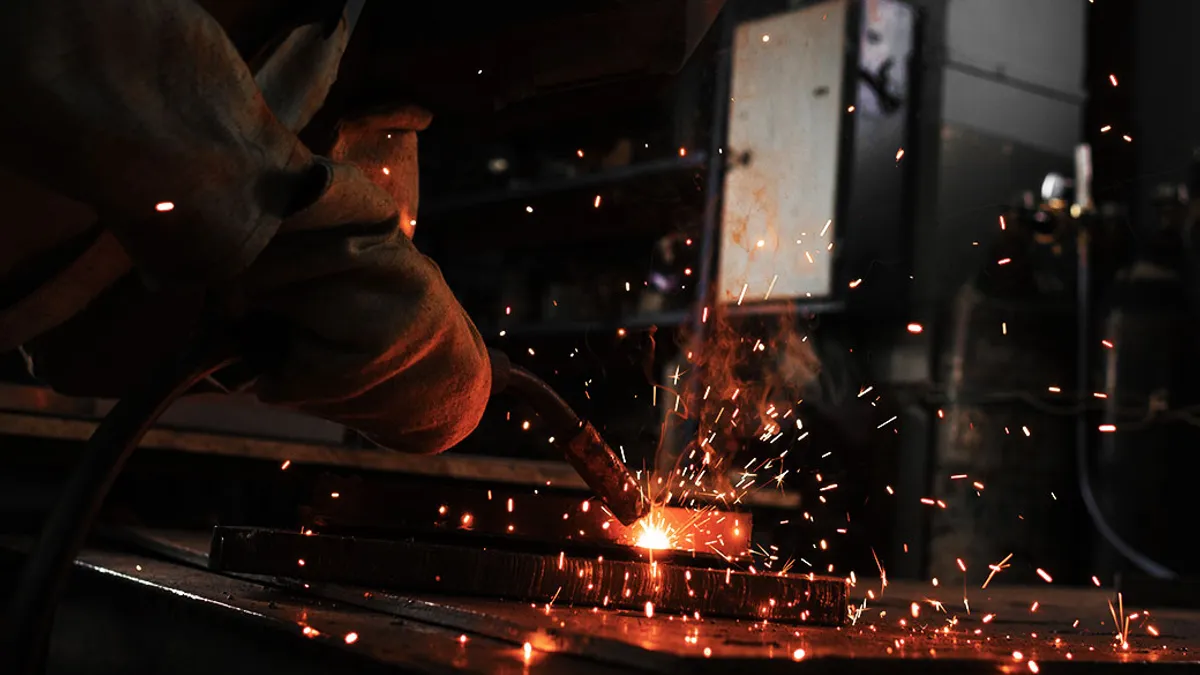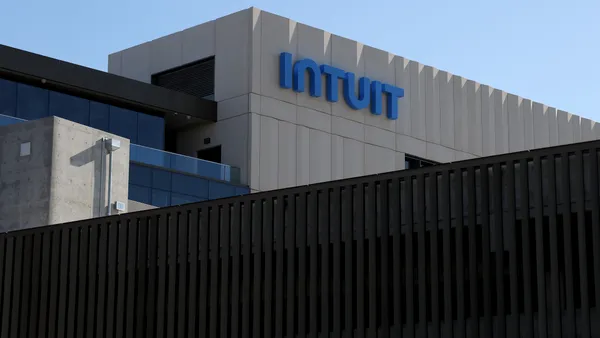According to a recent McKinsey report on international manufacturing trends, the United States lost over six million jobs to offshoring between the years 2000 – 2009. But a UC Berkeley study undertaken as far back as the early 2000s tabulated losses of up to fourteen million jobs throughout the nation’s economic ecosystem. Each offshored manufacturing and/or service job exerts an adverse, widely resonating local-to-national jobs impact, akin to how throwing a stone into a pond sends waves from the point of impact outwards, far and wide.
Since 2012, however, the offshoring trend has reversed sharply. Why? And what does this “reshoring” mean for American manufacturers, especially small and medium-sized companies?
Bringing it home: American manufacturing –- new skill sets needed for this new era
Globalization is no longer the singular wave of the future. Two influential studies by Columbia University and The National Institute of Standards and Technology (NIST), respectively, cited two triggering causes: geopolitical realignments and Covid-19. These “Event Horizons” have revealed globalization’s fragile stressor points. For example, the Covid-19 pandemic nearly brought globalized manufacturing and distribution down overnight like a house of cards. The impact of recent financial downturns, wars and natural disasters on worldwide manufacturing, supply chains and services have awakened business and governments to globalization’s downsides
This dawning realization requires major changes in how we manage supply chains. While just-in-time manufacturing faltered during disruptions such as the Ukraine War and the Covid pandemic, moving away from this mechanism creates its own challenges. Gad Allon, a professor and department director at Wharton University of Pennsylvania, pointedly notes that companies of all sizes realize “they need to rethink their supply chain” and operations “in terms of resilience for the types of volatility we will continue to see.” But Allon also emphasizes that “the reality is most companies are simply not ready for it.”
But Allon and his peer industry analysts all agree on one salient point: for American companies to succeed in the dawning restoration era depends on their adopting and adapting to the “Triple-A Trifecta”: Automation, Analytics and Artificial Intelligence.
This means investing in what we might summarize as the trifecta’s “Three A’s” technologies array -- including process automation, data analytics, as well as machine learning, robotics and ever-evolving AI. These technologies and practices have already proved essential in offsetting the myriad of costs in reshoring once far-flung global networks. The Three A’s do so by delivering in efficiencies and reducing redundancies in workforce employment. Indeed, Reuters, Forbes and Deloitte have all published recent reports with one starkly unifying point: companies and institutions investing in Three A’s-based solutions have kept manufacturing employment rates down to one-third of 1979 employment numbers, while more than doubling industrial production in manufacturing sectors.
The indispensables: Small-to-medium size companies –- and knowledge
Offshoring not only shipped manufacturing, production and services overseas. The mass relocations also shipped American expertise overseas –- and not only in classic blue-collar manufacturing, industrial and trade skills but also emerging twenty-first century, American high -tech knowledge bases. In their galvanizing Wall Street Journal article on the national threat of offshoring digital fluencies, University of Michigan professor Sridhar Kota and economist Tom Mahoney presented compelling evidence that offshoring American manufacturing and design expertise jeopardizes America’s economic health. According to Kota and Mahoney, to secure its edge in new era of reshoring, “America must control the production of those high-tech products,” especially those “it invents and designs.”
Kota and Mahoney sounded a clarion call: during the offshoring era, larger, established business and manufacturing consulting also outsourced their expertise and offshored their project management. This has deprived small-to-medium sized American manufacturing companies’ client-focused digital expertise in the short-term and weakened the pool of national digital expertise just as the new era of Triple-A Trifecta- (“The Three A’s”) based industry has dawned.
But there are ample potential silver linings. Government and academic studies all indicate that small-to-midsize businesses seem best poised to play a leading role and benefit most quickly from reshoring. But these companies can optimize their advantage by choosing partners both savvy and agile enough to have retained their digital knowledge base during the halcyon days of offshoring. These are the Three-A’s-fluent partners that have continually upgraded their knowledge and skill sets –– and proven their effectiveness during such disruptions as the Covid pandemic. Industry sources such as Gartner Reports and McKinsey concur small-to-midsize enterprises in particular can optimize their reshoring niche opportunities by investing in a specific area of Three A’s development.
But to whom can small-to-medium size American companies turn to best help manage the often complex, constantly evolving Triple-A Trifecta technologies necessary for success?
ZDNet and Deloitte have suggested a simple but compelling solution: drawing upon smaller, locally based consulting firms that have learned to thrive during the lean offshoring era by shrewdly investing in building up their locally based Three-A’s expertise and honing a collaborative, intensely client-focused service approach.
As Deloitte analysts Victor Reyes and Chad Moutray have compellingly argued, reshoring by no means augers a pat restoration of a 1950s industrial economy. “The simple demographic arithmetic demands that organizations cannot have a robust talent strategy” without a Three-A’s-fluent workforce. A wealth of academic and industry research going as far back as the 1990s backs up Reyes and Moutray’s core points. A NIST, report, drawing on a prescient Deloitte and Manufacturing Institute study published in 2015, summed up a core challenge reshoring entails: when manufacturing skill was sent overseas, the investment in a skilled labor pool stopped. This is not rebuilt overnight.
This challenge of which Reyes, Moutray and so many other experts speak concerns the mass Boomer-age retirements that exacerbates our industrial and digital knowledge bases forsaken in the era of mass offshoring. A recent NYU study on reshoring emphasizes the development of the Triple-A Trifecta technology skill set as the most promising remedy. According to the study, companies that invest in and embrace this philosophy will reduce the demand for skilled labor. And such investment will also enable companies to maximize their operations effectiveness, efficiencies and growth in the face of rapidly changing customer/partner expectations, market volatility and the unpredictability of local and global events.
Other sources, ranging from the New York Times to the US Department of Defense, not only recognize reshoring is the “new normal,” but that it also requires companies of all sizes to invest in automation and cognitive computing and culture.
In other words, companies must commit to and invest in this self-reinforcing trifecta: Three-A’s technologies, digital-fluent labor and expert, client-centric partners so as to shift toward smart factories, streamline supply chains and evolve engineering, manufacturing, delivery and services for the new era. This is what the U. S. Department of Defense terms the coming “Fourth Industrial Revolution,” or “Industry 4.0.” While such talk might at first sound like the stuff of Star Trek conventions, there is the very down-to-Earth reality to consider: companies with higher applied digital knowledge bases consistently demonstrate greater resilience to market forces.
A tale of two revolutions: Reshoring and mastering the triple-A trifecta
Reshoring is neither a theory nor an aspiration. It is a business reality and one part of a two-part revolution. According to Reshoring Initiative, the noted research and reshoring advocacy foundation, both private and government reshoring initiatives have produced tangible, on-the-ground results in the past two years, positions backed by the U.S. Department of Labor statistics: 350,000 new domestic jobs in 2022 alone and of this writing, a reshoring of over 1.6 million jobs since 2010.
The takeaways are clear and simple. Reshoring mitigates supply chain disruptions, boosts regional and national economies and supplements the skilled labor pool. Reshoring creates by necessity constant market expansion opportunities. But no company or institution can achieve this without investing in modern skill sets, technologies and cultures.
And this is the crucial point on which academic, government and industry analysts all agree. Small-to-medium sized regional companies to multinational corporations that adopt and adapt to reshoring’s simultaneous opportunities via investing in achieving absolutely essential Three A’s expertise and fluency will likely not only weather the twin revolution but also prosper from it. Those that do not will perish.










